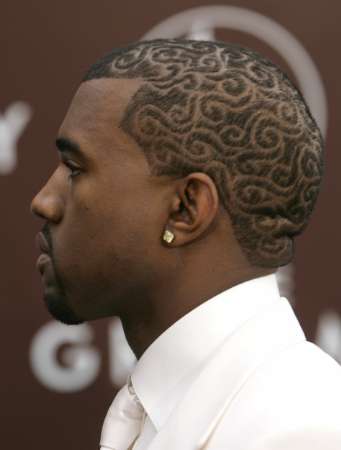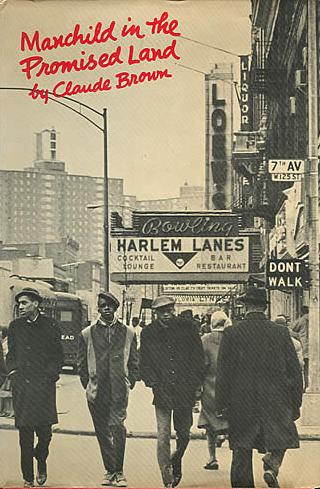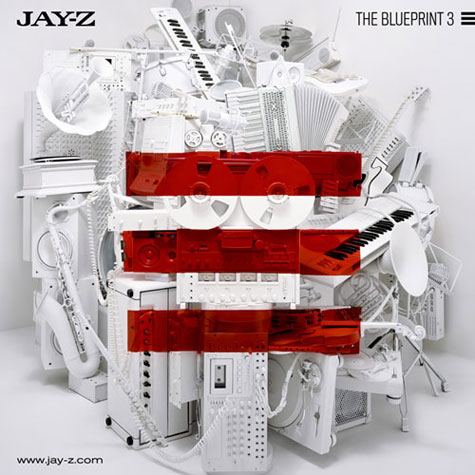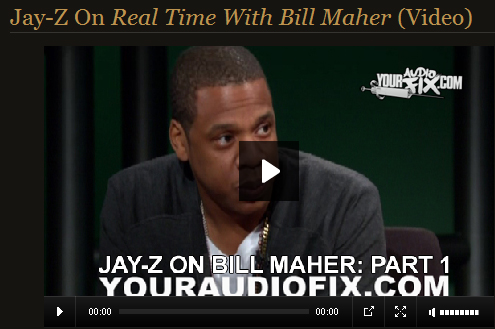Be prepared for a wave of Idolatry in Rap unlike one we’ve seen in recent years. At least that’s what Drake, the Toronto actor and former CTV star, is banking on. Unfortunately, for all Aubrey Graham brings in terms of persona pump-priming, he badly copies the trite images we have grown tired of already. Whether it’s LL Cool J with his obsessive lingual luxuriating or Kanye with his fashionista obsessions, modern rap music has made more of the visual presentation of an artist’s sexuality than the quality they bring to our waiting ears. The canard in this picture is the rapper who combines familiar sounds of the moment with familiar visuals of the moment. That rapper du jour is Drake. He’s ruining the radio.
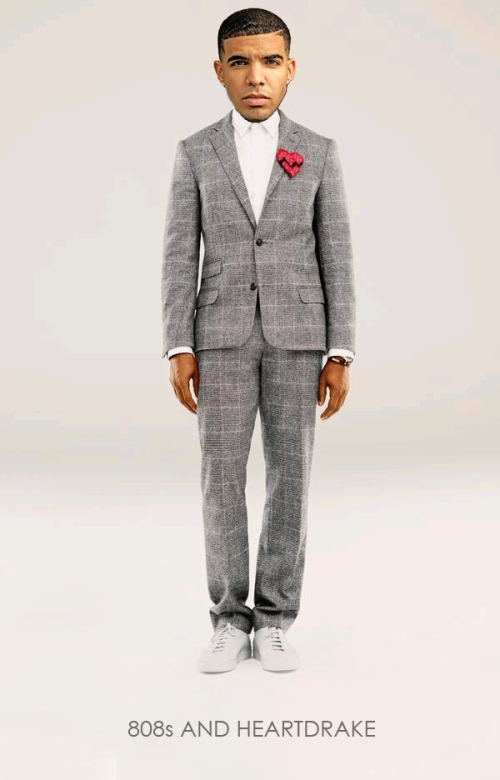
Or maybe not. Defining the ontology of Stardom As Artistry and vice versa is a useless quest.
Maybe it’s just my merciless discerning taste. I fight tooth and nail for hip-hop culture because it’s the same culture that extends from blues and reggae. The Culture of Black Rhythm produces books, albums, artists and works of note. It also swaddles the individual voice in the rich cloth of collective, choric, chanting traditions. There’s a double-edged sword to the material manifestation of that kind of art: rap music, in its frenetic commercial cycle, produces none of the above. There are boastful gunmen, conniving hustlers, shameless players and romantic poets, but they exist in separate spaces of the public covenant. As critical listeners, we’re lucky to get a universal morsel out of a song, much less food for thought. Thus, I’m at a loss when it comes to Drake, the young performer whose entire portrait is a John Hughes caricature of the arrogant team captain.
But he sings, he acts, he raps. What more could you ask for?
Well, talent. Throw on your tap shoes, young man. There’s no longer room for mere method acting in rap music. Although that is a talent: fitting a perfectly scripted role provided by publicity managers and record labels, it won’t swim unaccompanied. For starters, if hip-hop is to thrive (not merely survive) rappers must bring a modicum of talent to their too-large audience. Meaning, they should know how to put syllables and metaphors together in a coherent way so that songs have a theme, beats sustain our active imaginations, and records have a shelf life beyond the corporate quarterly report. If they can muster it, they should learn a dance step, create an indomitable stage show and take it on the road.

Then again, Drake’s deference to an “acceptable Negro” template is also troublesome. In the age of Barack Obama, when multi-racial identity is synonymous with success, but where the same is not true for single, downcast racial groups, Drake represents the deceptively “safe choice” for teen girls of all colors. At first, the thug paradigm in hip-hop appealed to mainstream American teenagers because of its exoticism, but then African nationalism took over before finally giving way to genteel sportsman in Puffy, Jay-Z, and now Drake. The Aubrey Graham Experiment is no embrace of the diversity of multi-racial performers as much as it is an indictment of the rebellious, ill-fitting archetypes embodied by ruffians like Jadakiss, Freeway. Those black rapscallions provide a contrast from the American television-reared norm (except in the case of 50 Cent when that rebellion is commodified). Drake lives in the Eminem continuum, in this sense, because he blends with preconceived expectations of racial parity, of preconceived norms, and inoffensive vanilla appearances, while telling us that (really!) he’s all bad ass. This way, Sarah need not fret when that poster of the rap superstar hangs on Becky’s closet door. After all, she’s traded bare-chested pin-up shots of thugs with the tattooed tear for a beautiful petticoat and handsome knickers.

Which brings us to an important question about Drake: does his adherence to a standard, safe, orthodox style make him a poor artist, an unrealized artist, or merely a reflection of the current culture? As a lyricist, he falls somewhere between Lil Wayne’s casual and Kanye’s self-important. But those two artists showed verbal improvement during the various stages of their career before they were knighted as rulers of hip-hop’s mainstream. Lil Wayne had to release “Go DJ” and a slew of mixtapes before anyone dared notice how his improvisational skills could overshadow many of the prosaic songs of his contemporaries. Kanye West practically learned how to rap before an unforgiving audience, straining first for breath control, and then for more potent similes. His majesty behind the mixing board also built his legend in a tandem with his bold public statements. Drake has benefited from the iconoclastic traits of these two without necessarily carrying with him their attention to personal detail, to variety, and to composition. Of his slim volume, Drake has mostly touted the powers of auto-tuned, caramelized melodies. But in rap music, where the melody and harmony of blues music and reggae meet the archly defiant voice of the emcee, he is only half developed. His lyrics, when examined as an expressive tool, fail even at the rudimentary level of execution. With attempted double-entendres, Drake leaves the doubling unfinished, rhyming the same words over again without changing the meaning from couplet to couplet. Even more egregiously, his main duty as an artist, to demonstrate the full depth of his points, always seems just beyond his reach.
In his most “thoughtful” song to date, “Successful,” with Trey Songs’s crybaby crooning as a charming backdrop, Drake recalls a murky story about his mother. The lyrics are an absolute puzzle of inadequate rhetoric however:
But as of late, alot of shit been going sideways
And my mother try to run away from home
But I left something in the car and so I caught her in the driveway
And she cried to me, so I cried too
And my stomach was soaking wet, she only 5’2″
Just as the story might have explored the reason his mother ran away, or the reason for her tears in the driveway, he talks about her height. How perplexing to even go down the road when only shallow discovery would come of the couplets. But berating Drake’s commercial hit seems neither here nor there as even legendary artists have stooped to numbing simplicity in the name of driving a hot beat to its eventual destination. For whatever he may lack in depth, he has certainly captured this summer’s imagination with his songs, videos, and all-around charisma. The striking thing here, though, is that there’s an overwhelming sentiment that he is the “next coming,” the singer with a rap sensibility, the polished actor with a brash hip-hop attitude. In the age of charlatanism, of surreal swagger (I swear some of these performers would gild their caskets for more swagger points), Drake is not just the perfect fit, he’s the only fit. He will be only what we, the ravenous audience of fickle followers, require him to be. As it is the charge of an artist to be both slave to his spirit, the thing that makes him human, and to be the frank interpreter of the common spirit, Drizzy makes short sloppy work of the tasks at hand.
Now, would we be pleased if he brought his Black Thought rhyme book out for every recording? Or if he displayed some surprising emotional clarity on a debut album? Who’s to say? The intrigue of Drake remains in his status as an incomplete but compelling demonstration of the ego’s influence on emceeing. In a sense, Drake does what Kanye did before him, daring listeners not to like him, as if those who do criticize are at a distance from what’s “hip.” Hipness notwithstanding, when you’re mantled with the label “Great” too early, the results can only be disastrous.

 ::
::  ::
::  ::
::  ::
::  ::
::  ::
::  ::
::  ::
::  ::
::  ::
::  ::
:: 
